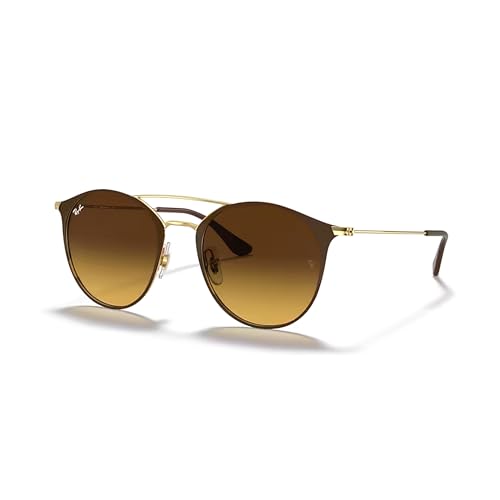Hi, I'm new to this but have been doing some reading up and just have a few questions.
I have a ton of old processors and gold plated connector pins to process.
Ideally I would use nitric acid to first remove all the base metals. Although after scouting around today all I could find was HCL at 16% when most guides call for around 30%. I also got some hydrogen peroxide at 6%.
So I started with a small test batch. A few smashed CPUs and connector pins in a jar with around 100ml HCL at 16% and around 10ml hydrogen peroxide.
Initially I was skeptical that it would work due to the low concentration of the HCL but after a few minutes the liquid turned green and it was bubbling away. The jar also got quite warm. After a few hours there are gold flecks floating around and the liquid looks quite sparkly, but the CPU pins are not completely dissolved.
Do I just need to leave it for longer or is the acid not strong enough?
Thanks
I have a ton of old processors and gold plated connector pins to process.
Ideally I would use nitric acid to first remove all the base metals. Although after scouting around today all I could find was HCL at 16% when most guides call for around 30%. I also got some hydrogen peroxide at 6%.
So I started with a small test batch. A few smashed CPUs and connector pins in a jar with around 100ml HCL at 16% and around 10ml hydrogen peroxide.
Initially I was skeptical that it would work due to the low concentration of the HCL but after a few minutes the liquid turned green and it was bubbling away. The jar also got quite warm. After a few hours there are gold flecks floating around and the liquid looks quite sparkly, but the CPU pins are not completely dissolved.
Do I just need to leave it for longer or is the acid not strong enough?
Thanks























































